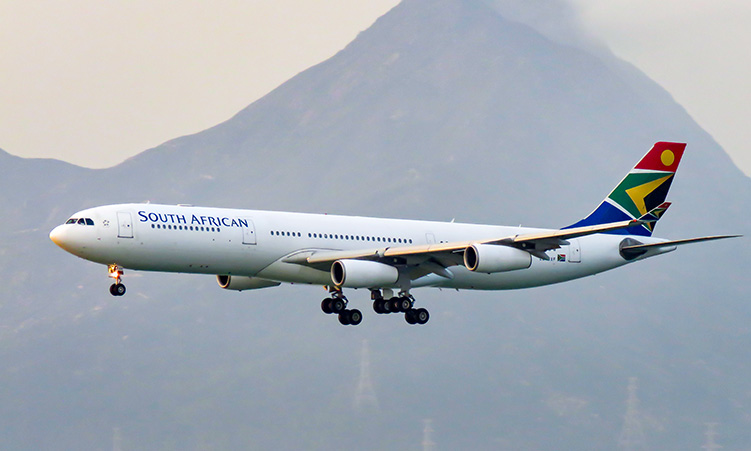IN an arid habitat of gravel plains and shrubs in northwestern Namibia, men and women in camouflage clothes spend two weeks a month tracking the desert-adapted black rhino and other native wildlife species.
‘This bull is very young. He is only about five to six years old and his name is Tensie,’ Dansieki Ganaseb explained. Ganaseb is a member of the Save the Rhino Trust (SRT) team of game guards and trackers in Namibia’s arid northwestern Kunene Region.This is the world’s largest free-roaming black rhino black population outside a protected area.Led by about five SRT trackers and our guide Ignatius !Hanabeb of the Desert Rhino Camp last Friday morning, we found Tensie browsing on some shrubs and on the highly poisonous euphorbia damarana plant (milk bush) in the Palmwag Concession area.’Every month, for 15 days, our teams go into the field to monitor the black rhinos. We sometimes stay up to 18 days if we find it difficult to locate them,’ Ganaseb said as we spotted Tensie in the distance.When we finally got closer to Tensie, Ganaseb watched him though his binoculars and took notes that will later be entered into the SRT database.’We have five teams: the Camera team, Rhino Camp, Ugab team, Palmwag team and the northern team,’ said Ganaseb, who started working for SRT in 2003.’We are protecting these black rhinos for the future generations. If we give these rhinos to the communities, their numbers will decrease due to poaching,’ he added. He said the poaching of black rhino has now stopped and the rhino numbers have increased. ‘I like my job. Its very, very good,’ said another SRT tracker, Daniel Alfeus Hawaxab, who started working for SRT in April 2008.SRT’s Director of Research, Simpson Uri-khob, told The Namibian that there are now between 120 and 160 black rhino in the whole northwest. He said the groundwork is going well but funds are not forthcoming.The Palmwag Concession is home to 70 per cent of the total black rhino population of the Kunene Region. The concession also contains 75 per cent of all Namibia’s endemic mammals and birds, one of which is Hartmann’s mountain zebra.Pierre du Preez, a conservation scientist in the Ministry of Environment, said the Kunene black rhino population has recovered from the brink of extinction in the 1960s and in parts of the region they are now matching or exceeding the carrying capacity of the land.According to the SRT trackers, black rhinos are territorial animals and if one sets its feet in another’s territory, a fight breaks out. They mostly feed on euphorbia damarana, which is the most common plant in the area. ‘The only problem we have is that sometimes it is difficult to locate them,’ said Ganaseb. Founded by Blythe Loutit in 1982, the SRT conducts monitoring, training and research activities focused on the desert-adapted black rhino to ensure their long-term survival.They also communicate knowledge to decision-makers such as national, regional and local government officials, traditional authorities and other partners as well as develop responsible tourism development.The SRT works closely with the Desert Rhino Camp of Wilderness Safaris Namibia, located in the concession. Because the SRT trackers find rhinos for the camp’s guests to watch, every guest sleeping at the camp has to pay N$65 to the SRT, says camp manager Daphne Auchas.
Stay informed with The Namibian – your source for credible journalism. Get in-depth reporting and opinions for
only N$85 a month. Invest in journalism, invest in democracy –
Subscribe Now!










